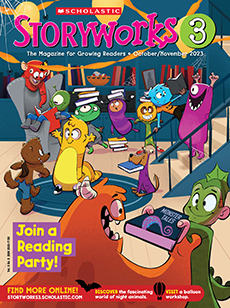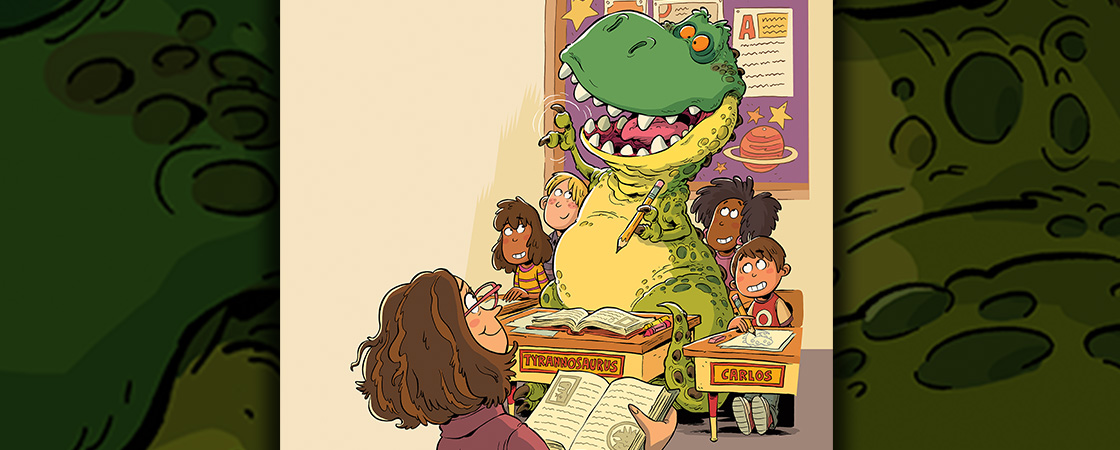I hope my teacher likes me,
and I hope she thinks I’m smart.
I hope she gives us time for lunch
and science, math, and art.
I hope that there’s a desk that fits.
I hope I make a friend.
I hope we read one hundred stories,
real ones and pretend.
I hope my teacher lets me sit
up front where I can see.
I hope she’ll learn my real, true name
and won’t just call me “T.”

